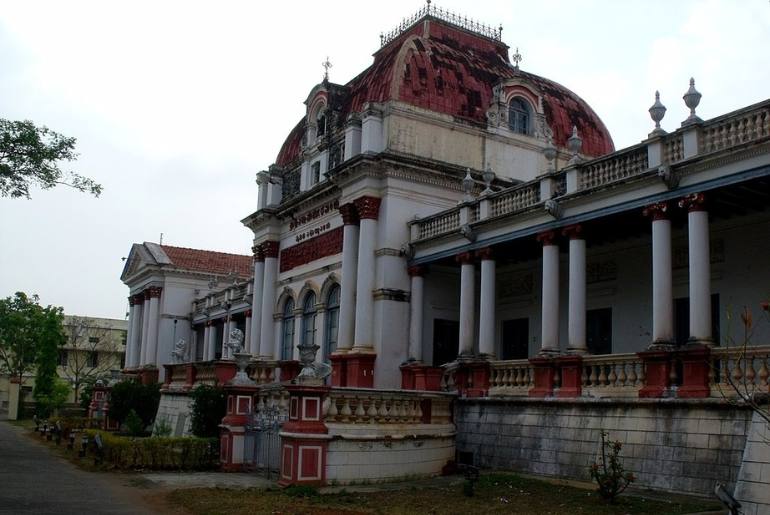We must balance modernisation with the protection of our cultural heritage. ORI, or the Oriental Research Institute, is a distinctive organisation that concentrates on the latter. This institute’s mission is to gather, study, preserve, display, and publish rare Malayalam, Sanskrit, Kannada, and other languages palm leaf and paper manuscripts. Almost 70,000 works, including manuscripts, have been conserved by the institute till now. The institute’s most well-known publication is a translation of Kautilya’s Arthashastra.
Oriental Research Institute Was Mysore’s First Library Open To The Public

Formerly known as the Oriental Library, the Oriental Research Institute (ORI) is a research centre located in Mysore, India, that gathers, displays, edits, and publishes rare manuscripts written in a variety of scripts, including Devanagari (Sanskrit), Nandinagari (Sanskrit), Brahmic (Kannada), Grantha, Tigalari, Malayalam, etc.
Maharaja Chamarajendra Wadiyar X supported the establishment of the Oriental Library in 1891. It may be found in the architecturally appealing Jubilee Hall, which was constructed in 1887 to celebrate the golden jubilee of Queen Victoria’s accession to the British monarchy, at the northern end of Krishnaraja Boulevard, just across from Crawford Hall at Mysore University. Up until 1916, it was a component of the Directorate of Education. The following year, it joined the recently founded University of Mysore. In 1943, the Oriental Research Institute took the place of the Oriental Library.
Also read: This Matka Dosa Is Another Bizarre Dosa Recipe Making Rounds On The Internet & Foodies Disapprove!
Famous Works Preserved By The Library
About 200 books have been released by the ORI since its beginnings. This was Mysuru’s first public library devoted to manuscript editing and study. This library has more than 38,000 books in it. There are also critical versions of the Ramayana and the Mahabharata, the Encyclopedia of Religion and Ethics by James Hastings, and A Vedic Concordance by Maurice Bloomfield. For people to understand the institute’s activities and advancement, a publication called “Mysore Orientalist” is produced annually. There have been 18 volumes released so far.
The most well-known work produced by this Oriental Research Institute is Kautilya’s Arthashastra. The Arthashatra was first composed in the fourth century BC. One day, a guy from Tanjore gave the librarian, Dr. Rudrapatnam Shamashastry, a manuscript of the Arthashastra.
The Grantha script, which dates back to 1500 BC, was used to write this manuscript on dried palm leaves. This manuscript was edited, translated, and published in 1909 by Dr Shamashastri. With the help of this publication, the ORI gained popularity and reputation around the world.
Where: Ramavilas Road, K.G Koppal, Kajjihundi, Mysore
When: 10.30 AM-5.30 PM
Cover Image Courtesy: Wikimedia Commons
First Published: March 17, 2023 1:18 PM



